I want to implement a physics engine in a game in order to compute trajectories of bodies with forces applied to them. This engine would calculate each state of the object based on its previous state. Of course this means a lot of calculation between two units of time to be sufficiently precise.
To do that properly, I wanted first to know how big are the differences between this method of getting positions, and with kinematic equations. So I made this code which stores the positions (x, y, z) given by the simulations and by the equations in a file.
#include <stdio.h>
#include <stdlib.h>
#include <math.h>
#include "header.h"
Body nouveauCorps(Body body, Vector3 force, double deltaT){
double m = body.mass;
double t = deltaT;
//Newton's second law:
double ax = force.x/m;
double ay = force.y/m;
double az = force.z/m;
body.speedx += ax*t;
body.speedy += ay*t;
body.speedz += az*t;
body.x +=t*body.speedx;
body.y +=t*body.speedy;
body.z +=t*body.speedz;
return body;
}
int main()
{
//Initial conditions:
double posX = 1.4568899;
double posY = 5.6584225;
double posZ = -8.8944444;
double speedX = 0.232323;
double speedY = -1.6565656;
double speedZ = -8.6565656;
double mass = 558.74;
//Force applied:
Vector3 force = {5.8745554, -97887.568, 543.5875};
Body body = {posX, posY, posZ, speedX, speedY, speedZ, mass};
double duration = 10.0;
double pointsPS = 100.0; //Points Per Second
double pointsTot = duration * pointsPS;
char name[20];
sprintf(name, "BN_%fs-%fpts.txt", duration, pointsPS);
remove(name);
FILE* fichier = NULL;
fichier = fopen(name, "w");
for(int i=1; i<=pointsTot; i++){
body = nouveauCorps(body, force, duration/pointsTot);
double t = i/pointsPS;
//Make a table: TIME | POS_X, Y, Z by simulation | POS_X, Y, Z by modele (reference)
fprintf(fichier, "%e \t %e \t %e \t %e \t %e \t %e \t %e\n", t, body.x, body.y, body.z, force.x*(t*t)/2.0/mass + speedX*t + posX, force.y*(t*t)/2.0/mass + speedY*t + posY, force.z*(t*t)/2.0/mass + speedZ*t + posZ);
}
return 0;
}
The problem is that with simple numbers (like with a simple fall in a -9.81 gravity field) I got nice positions, but with bigger (and quite random) numbers, I get inaccurate positions.
Is that a floating point issue?
Here are the results, with relative errors. (Note: label axes are in French, Temps = Time).
Graphs

- Black+dashed : values from kinematic equations
- Red : 100 points per second
- Orange : 1000 points per second
- Green : 10000 points per second